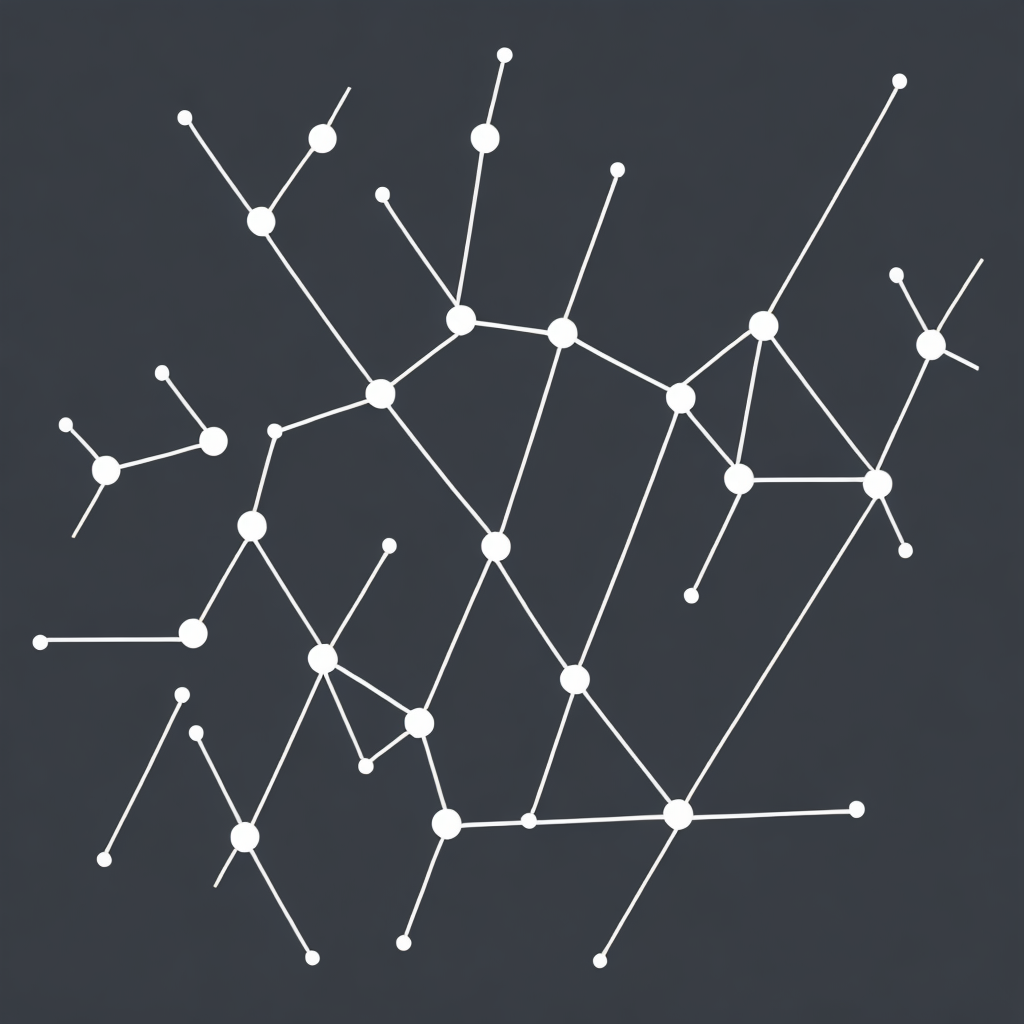Unlocking the Power of Knowledge Graphs: Enhancing Data Management, Insights Discovery, and Predictive Analytics
Knowledge graphs, a powerful and innovative approach to organizing and representing data, have transformed the landscape of information management and insights discovery. As we navigate through a world saturated with data generated from multiple sources and platforms, the demand for effective methods to harness, categorize, and extract meaningful insights from this data has increased exponentially. Knowledge graphs emerge as a potent solution to this challenge, ushering in new horizons in data management, insights discovery, and predictive analytics.
By structuring data as interconnected nodes and relationships, knowledge graphs provide a rich, interconnected environment for information storage, retrieval, and analysis. This methodology allows for the seamless integration of diverse data sources and types, creating a unified, comprehensive view of information in a structured and accessible format. This ability to bridge the gap between semantically diverse data sets significantly improves data management capabilities, enabling more efficient and effective information retrieval and manipulation.
### Boosting Data Management Efficiency
In data management, knowledge graphs act as a powerful organization tool. They facilitate the centralization of disparate data, allowing for the automatic detection of relationships, patterns, and anomalies within the data. This not only streamlines the data processing workflow but also enhances the overall quality of data by providing a coherent framework for information. The semantic mapping of data elements ensures that data semantics are preserved and understood, leading to better operational efficiency and decision-making precision.
### Enhancing Insights Discovery
The interconnected structure of knowledge graphs makes them ideal for insights discovery. By analyzing relationships between data entities, these graphs can reveal associations, trends, and patterns that might be overlooked in traditional data storage methods. This capability is pivotal for businesses and research institutions looking to understand complex, multifaceted phenomena. Through advanced querying and search functionalities, knowledge graphs make it straightforward to extract insights that could drive innovation, predict market trends, or enhance understanding in specific domains.
### Improving Predictive Analytics
In the realm of predictive analytics, knowledge graphs pave the way for more accurate and contextual forecasting. By infusing predictive models with the rich semantics and interconnected relationships present in knowledge graphs, these models can leverage historical patterns and contextual information to generate more reliable predictions. This is particularly useful in fields such as finance, healthcare, and retail, where predictive analytics play a critical role in strategic planning and resource allocation.
### Conclusion
In conclusion, the advent of knowledge graphs represents a paradigm shift in the management of information. Their capabilities in enhancing data management, offering insights discovery, and bolstering predictive analytics make them indispensable tools for organizations and researchers seeking to navigate the increasingly complex data ecosystems. As technology continues to evolve, the integration of knowledge graphs into our technological arsenal is poised to catalyze new opportunities and efficiencies across multiple sectors, pushing the boundaries of what can be achieved with data-driven decision-making.
